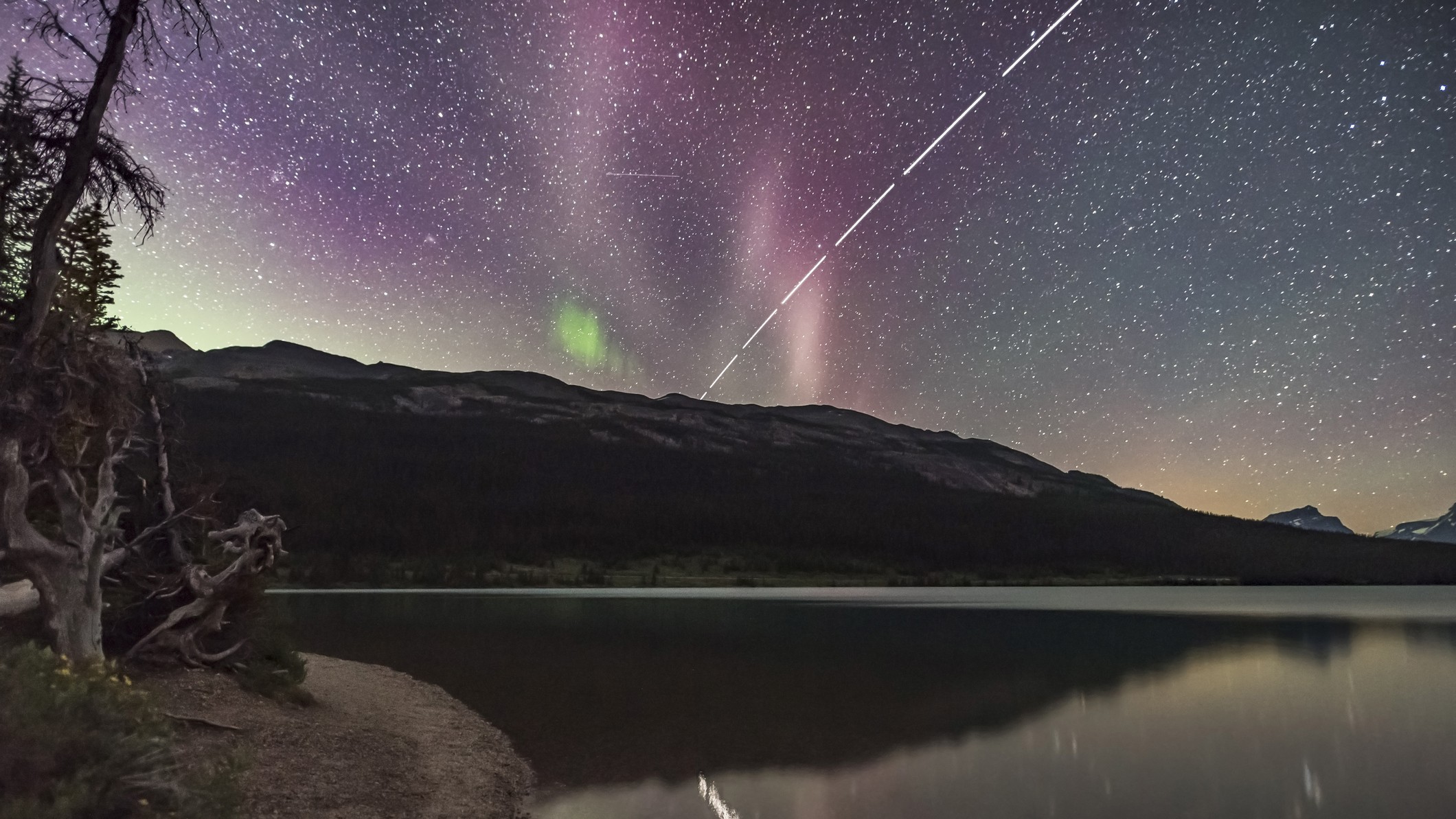Hurricane Florence Makes Its Way Toward North Carolina
Updated at 7 a.m. ET, Thursday (Sept. 13).
Hurricane Florence, downgraded to a Category 2 storm with sustained winds of up to 110 mph (175 km/h), is getting closer to the coast of North Carolina, with the outer bands of rain approaching the state. "Life-threatening storm surge and rainfall" are expected in portions of the Carolinas and Virginia, according to the National Hurricane Center (NHC).
Hundreds of thousands of people have been ordered to evacuate along the coast of North and South Carolina and Virginia, according to news reports.
As of 5 a.m. ET today (Sept. 13), Hurricane Florence was churning about 205 miles (325 kilometers) east-southeast of Wilmington, North Carlina, the NHC reported.
"Little change in strength is expected before the center reaches the coast, with weakening expected after the center moves inland." the NHC said.
Hurricane experts expect the storm to slow its forward motion through today into Friday (Sept. 14), the NHC reported. The storm is forecast to approach the coasts of the Carolinas later today, before moving near or over the coast of southern North Carolina and eastern South Carolina in the "hurricane warning" area; currently, that area includes South Santee River, South Carolina, to Duck, North Carolina as well as Albemarle and Pamlico Sounds. [Hurricane Season 2018: How Long It Lasts and What to Expect]
The governors of both states, North and South Carolina, issued mandatory evacuations of coastal areas Monday (Sept. 10), according to CNN.
Breaking space news, the latest updates on rocket launches, skywatching events and more!
Large swells are already affecting Bermuda and parts of the U.S. East Coast, according to the NHC. Such swells can lead to dangerous surf and rip currents, the NHC warned. [Hurricane Florence: Photos of a Monster Storm]
Warm sea surface temperatures and low wind shear (which, when high, can zap the energy from a storm) had set up perfect conditions for Florence to intensify. Though the NHC couldn't pinpoint with certainty the exact location and magnitude of the impacts, they said, "interests at the coast and inland from South Carolina into the mid-Atlantic region should closely monitor the progress of Florence, ensure they have their hurricane plan in place, and follow any advice given by local officials."
The governors of Virginia, North Carolina and South Carolina have declared states of emergency, according to CNN.
"We are preparing for the worst, and of course hoping for the best," South Carolina Gov. Henry McMaster said, as reported by CNN.
Original article on Live Science.



